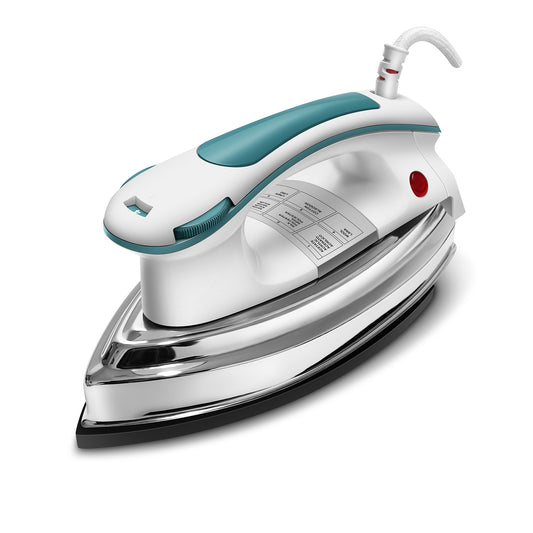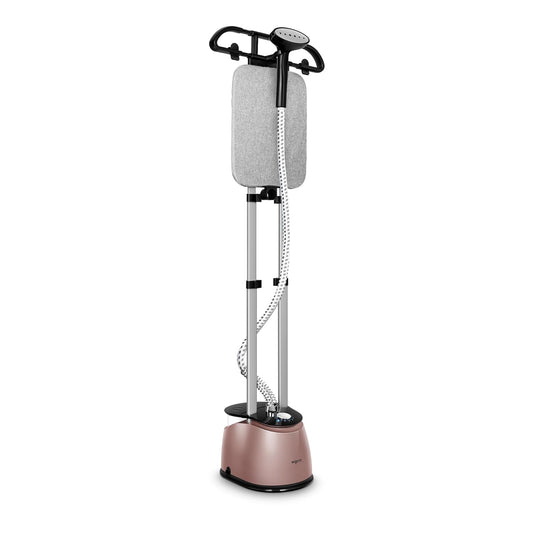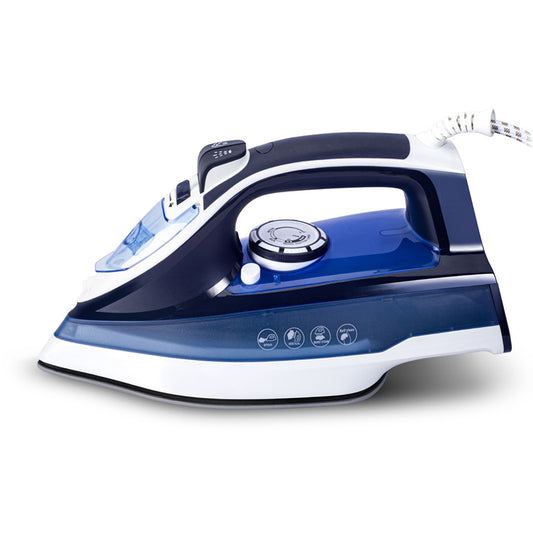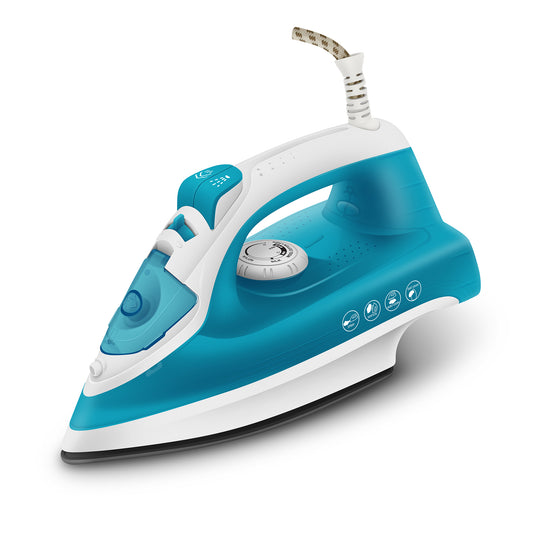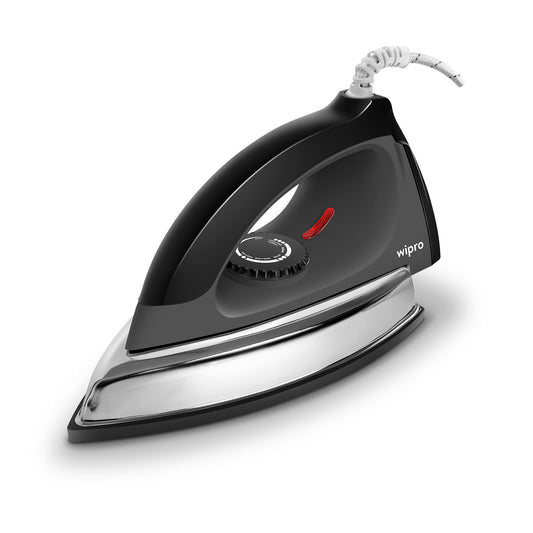Whether you iron your clothes every day or once in a while, you know that wearing well-ironed clothes makes you look sharp and stylish and brings out your personality in the most emphatic way. Also, you may know that the different clothes in your closet are made of different fabrics, so you must take necessary precautions to keep them safe from damage during the ironing process.
This means you use the right kind of ironing technique for different fabric to ensure that they don’t get damaged at the same are ironed neatly. Fortunately, today, the modern iron press models, be it a dry iron or a steam iron, they have different heat settings, which makes it much easier for you to work to with a wide range of fabric.
If you have no prior experience with pressing or you have done it a few times before, having the right know how of how to use an iron correctly for different kinds of clothing will help you get perfectly pressed clothes and retain their shape. So, in this guide, we discuss tips to iron and maintain different types of fabrics.
- Know your iron
As mentioned earlier, there are two types of irons – a dry iron and steam iron. Both of these irons have different temperature control setting for different kinds of fabrics. A dry iron, as the name says it all, does not have any vent on the soleplate, and does not produce steam.
Dry irons are generally less expensive and lightweight than a steam iron. It works well for all kinds of clothes. And, if you are using a dry iron model like the Vesta 1200Watt GD203 Automatic Dry Iron, with its 6-fabric setting, you can adjust the heat based of the fabric of the clothing you want to iron, and get the best ironing results without worrying about damaging it.
A steam iron for clothes has a water tank and vent holes on the ironing surface, allowing you to steam the fabric as you iron it. Steaming softens the fabric, allowing you to easily guide over the clothing and get perfectly pressed results. The moisture from the steam helps remove even the toughest wrinkles and creases with ease.
- Setting up the iron
Whether you are using a best dry iron or steam iron, setting up your iron press is the key to getting the best ironing results. To use a dry iron, just plug the wire into the power socket, wait for a couple of minutes till the soleplate heat up. If you have set the heat setting to high, it may take longer for the iron to heat up.
Once the iron is ready, i.e., it reaches the desired temperature, you can start ironing. For best results, it is advisable to use a padded ironing board or a firm and flat surface for ironing. Apart from this, before you start pressing, make sure to clean the soleplate. This will prevent the staining of your clothes.
After you finish pressing, clean the soleplate again with a damp cloth to prevent and remove any stain build-up. If you notice any stubborn stain, use a simple, homemade solution of baking soda and water to clean it and scrub away the mess. This will also keep your iron box ready for the next use.
- Preparing your clothes
Never every use a steam or dry iron for clothes if the cloth has any stain, or is smelly. This is because the heat from the iron can make it impossible to remove. So, ensure that the clothes are washed well, and dry before you iron them.
You can dampen the cloth slightly by sprinkling some water over it. This will dampen the fabric of the cloth and allow you to easily glide over the clothing and finish the task quickly.
- Use the right ironing technique
Most of the clothes have a care label on them with clear guidelines in writing on how to iron the garment. So, make sure to read the same, and choose the right heat setting on your iron accordingly. If the cloth does not have the care label on it, it is better to start with a lowest temperature on your iron and then gradually increase the heat.
If you are certain about the fibre of the garment you are ironing, and you use the Vesta 1200Watt GD203 Automatic Dry Iron, it may have the exact heat setting for the garment. Then you can adjust the setting accordingly, and be assured of getting the perfect ironing results.
After choosing the right heat setting, it is advisable to press the clothes inside out. This helps in preventing the shiny marks on the fabric. Alternatively, you can use a thin and white cloth to cover the sections that you are ironing to prevent the dye transfer.
- Follow a sequence
Whether you best dry iron model like the Vesta 1200Watt GD203 Automatic Dry Iron, or not, it is paramount that follow a sequence. This will help you make the ironing easy, give you the best results and you can be assured that the cloth is damaged.
First, start with the largest section of the garment and iron it on the inside. Then follow the grain of the fabric to prevent stretching; you can do this by pressing from the top to bottom motion. If the fabric is strong, and the wrinkles are tough and stubborn, you can sprinkle some water.
While ironing the specific areas like cuffs, and collars of the shirt, iron the inside first and then from the outside. Also, make sure not to run the iron on over specific areas like the buttons, zippers, and embellishments. This is because, they can melt from the heat.
Lastly, after you finish using the dry iron press for clothes, it is better to hang the garment in a hanger to let it cool for at least a couple of minutes before you wear it.
- Right heat setting for different kinds of fabric
As a thumb rule follow these temperatures setting for different fabrics.
- Low – nylon, acrylic, acetate
- Medium – silk, wool, satin, polyester
- High – cotton, denims, linen
While ironing textured garments, it is better to place a towel on the ironing surface and press on the revere side to keep the texture in great shape for long. Avoid ironing sequined or embellished fabrics because they can melt from the heat.























































































































































































































































































































































































































































































































